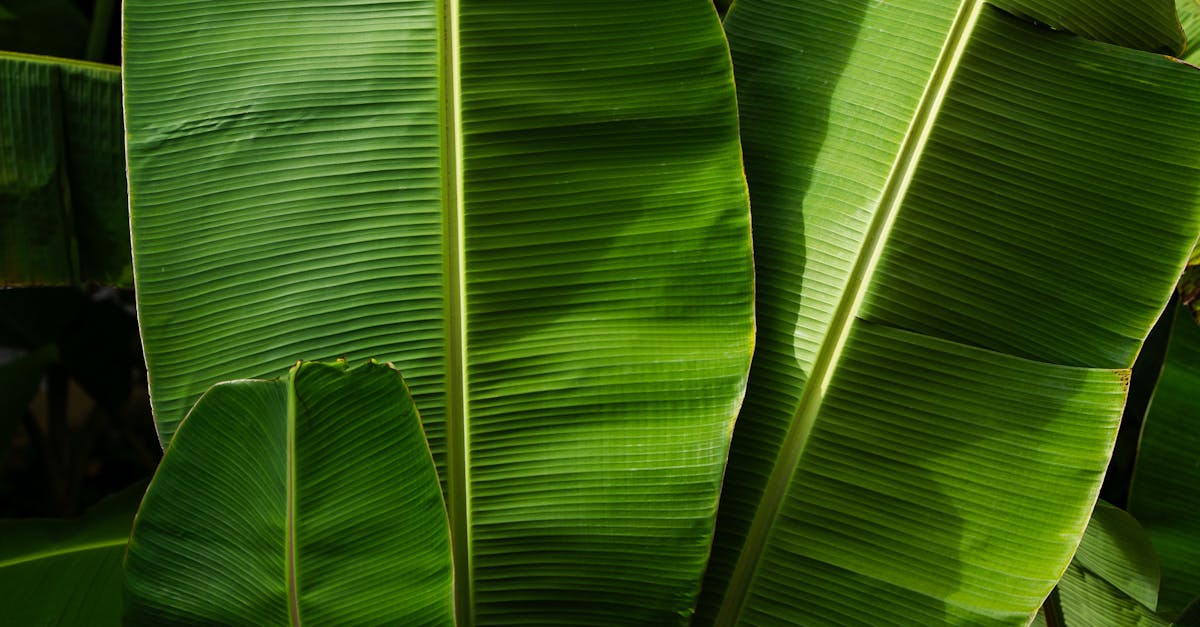Growing citrus indoors is not just an intriguing hobby; it's a delightful way to infuse your space with vibrant greenery and fresh, aromatic fruits like the sweet Meyer lemons and Honey Mandarins. With the right care and attention, these citrus trees can flourish indoors, providing a rewarding experience that newcomers and seasoned gardeners alike can enjoy. Let's delve into the detailed steps necessary to master indoor citrus care.
Lighting: The Key to Fruit Production
Citrus trees are inherently sun-lovers, demanding ample sunlight to thrive and fruit effectively. To promote healthy growth and fruit production, they need 8–12 hours of direct sunlight each day. If a sunny, south-facing window isn’t available in your home, consider supplementing with full-spectrum grow lights. These can mimic natural sunlight, promoting even growth when positioned 12–18 inches above the leaves.
Pro Tip: Turn your plant weekly to achieve uniform light distribution, preventing the tree from developing towards one side. This practice ensures the tree maintains a balanced structure.
Soil & Containers: Drainage is Non-Negotiable
Citrus trees flourish in well-draining, slightly acidic soil with a pH level between 5.5 and 6.5. Avoid using soil that retains too much moisture, as it can lead to root rot. A mix of potting soil with perlite, sand, or pea gravel is excellent for ensuring proper drainage. The choice of container is equally crucial; begin with a 12-inch pot and increase its size as your tree grows. Opt for deep pots (12–15 inches tall) to provide stability for the sometimes top-heavy citrus trees.
Watering: Balance is Critical
Watering citrus trees involves a delicate balance: they need to be watered deeply, but not too often. Allow the top two inches of soil to dry out between each watering session to prevent overwatering, which is a common mistake leading to root rot. A moisture meter can be invaluable in determining when it's time to water again.
Humidity is another factor to consider; maintaining around 40–50% humidity is ideal. A simple trick is to place your plant pot over a tray filled with water and rocks, which helps maintain the desired humidity level in your room.
Temperature & Humidity
Citrus trees thrive in temperatures ranging from 65°F to 80°F (18°C to 27°C). Nighttime temperatures should ideally drop by 5–10°F, mimicking their natural environment. Be cautious of cold drafts and frost, as these trees are sensitive to cold. Should the temperature drop below 55°F, consider moving them indoors to safeguard their health and development.
Fertilization: Feed for Flavor
Fertilizing is essential for healthy citrus trees and luscious fruit. Use a balanced, slow-release fertilizer formulated for citrus, such as a 10-10-10 NPK mix, which ensures the tree receives a steady supply of nutrients during the growing season. Additionally, incorporating micronutrients like zinc and iron can give your tree a significant growth boost.
Common Mistakes to Avoid
Several common pitfalls can hinder your citrus tree's growth. Overwatering is frequently the culprit behind root rot and leaf drop, so always check soil moisture before adding more water. Insufficient lighting leads to leggy growth with little to no fruit, while sudden temperature fluctuations can stress the plant, causing premature fruit drop.
Choosing the Right Varieties
When selecting citrus varieties for indoor growing, Meyer lemons and Honey Mandarins are excellent choices. Meyer lemons are sweet, compact, and self-fertile, making them particularly suitable for indoor cultivation. Honey Mandarins, also known as Murcotts, are sweet and seedless with a high tolerance for cooler conditions. Both varieties are cultivated for indoor success, producing fruit more quickly than traditional citrus plants.
Pruning & Pest Control
Pruning your citrus trees annually helps maintain their size and encourages air circulation, crucial for preventing disease. Remove any suckers that appear below the graft union and shape the foliage to allow light to penetrate the canopy. Keep an eye out for common pests such as aphids, mealybugs, and spider mites, and check weekly to catch any infestations early.
Harvesting Your Reward
Finally, enjoy the fruits of your labor as your trees bear fruit. Meyer lemons are ripe when they have developed a deep yellow color and are slightly soft to the touch. Honey Mandarins are ready to harvest when the rind is smooth and can be easily detached from the stem. Revel in the sweet and juicy taste of homegrown citrus directly from your indoor garden.
Are you inspired to start your indoor citrus garden? Begin your journey with Wilderly's Lemon or Lime trees, specially curated for home growth. Paired with a well-draining potting mix and a spot near your sunniest window, you'll be on your way to enjoying fresh homegrown citrus in no time.
Explore more of Wilderly’s carefully curated plant collection to enrich your indoor gardening experience.





